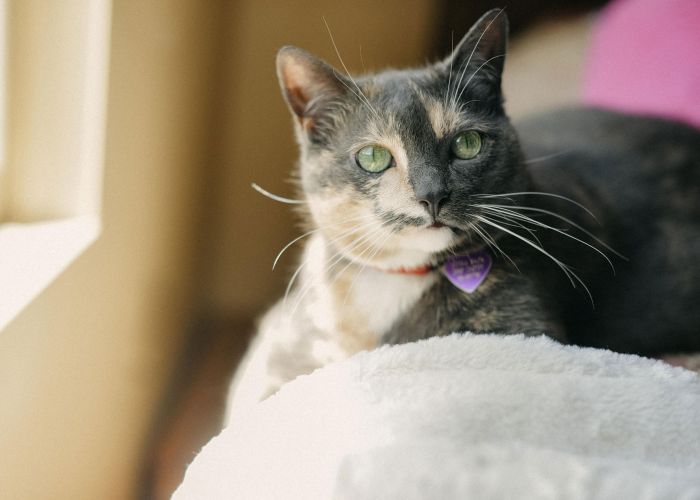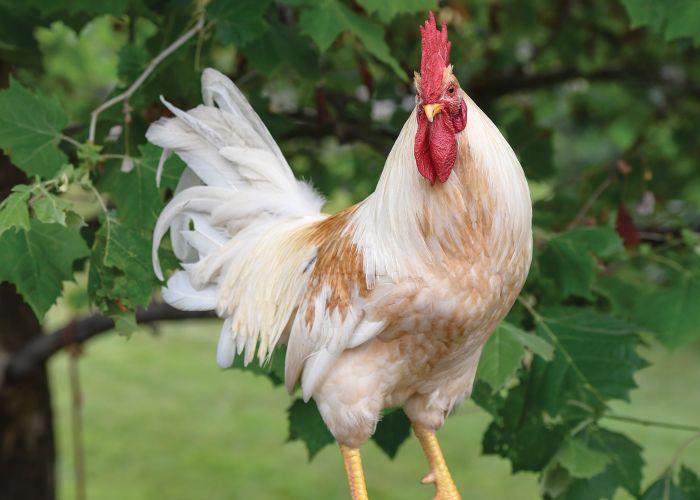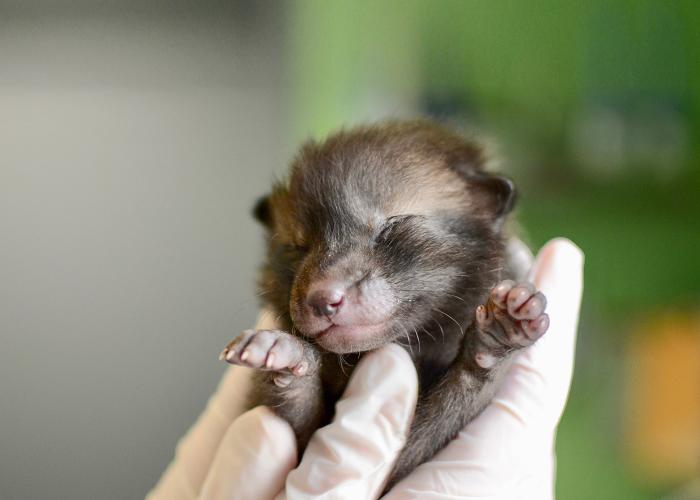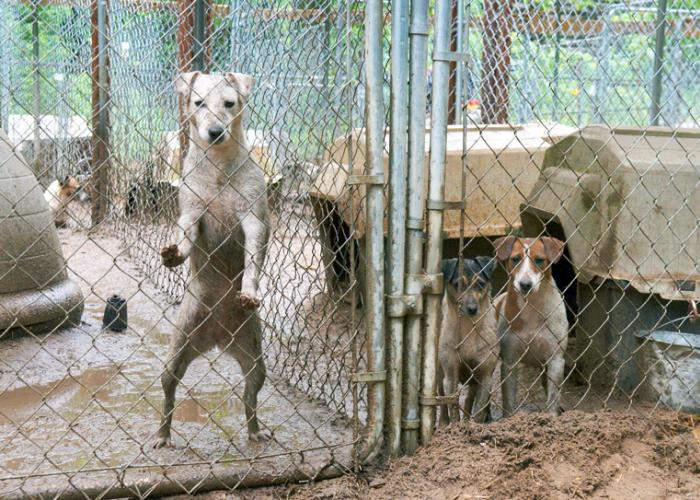Career spotlight: Foster care coordinator
A vital link between shelters and temporary homes, foster care coordinators expand their organizations’ lifesaving capacity
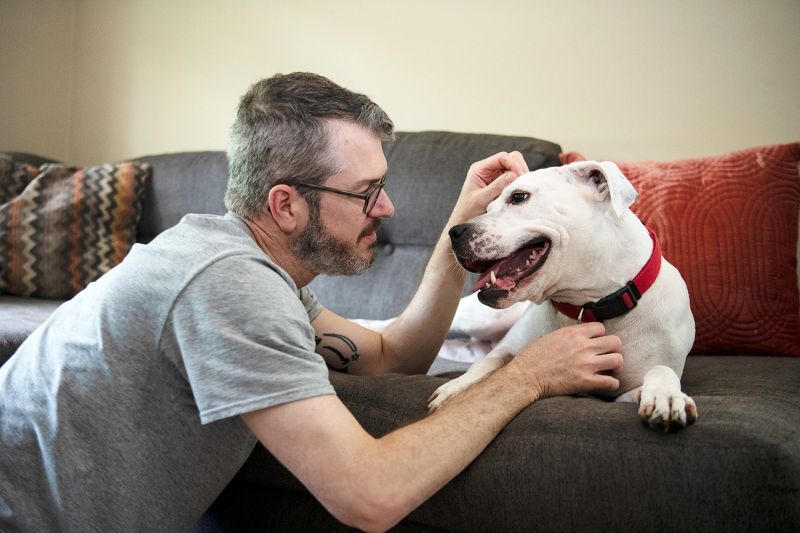
As the child of a shelter volunteer, Maddie Swab grew up in a house that regularly hosted rescued dachshunds, many of whom had special medical or behavioral needs. Swab remembers one in particular named Jules who arrived without any hair and “required a lot of decompression.” The dog never warmed up to Swab’s father (Jules wasn’t comfortable with men) but stayed and became the family’s pet. “We could just never give her up,” Swab says.
Seeing shelter dogs with unique needs find adopters after being cared for in a home environment helped lead Swab to her current job. As dog foster manager at Austin Pets Alive in Texas, she makes possible the kind of transformations she saw as a child: dogs such as Beryl, a Lab mix who had storm anxiety and wouldn’t let other dogs near his food or his handler. Swab found a foster willing to take him in and worked closely with the volunteer, who ultimately decided to adopt Beryl. “He’s been able to hang out with her mom and her mom’s dog,” says Swab. “He has really blossomed in her home.”
Demand for foster coordinators is growing as shelters expand their programs to best use their space and staff and best serve animals. Fostered animals may be newborns, weaned kittens and puppies, or pregnant or nursing moms. They may be animals recovering from injuries, being treated for infectious diseases such as ringworm, or exhibiting behavioral issues caused or exacerbated by a shelter enviroment.
At Austin Pets Alive, 58% of dogs, or 330 animals, were in foster care in 2022, Swab says. The shelter, which has more than 10,000 foster volunteers, aims to place all dogs with foster volunteers by the end of this year. The goal is for dogs who arrive at the shelter to spend less than a day there before being placed in foster homes. “Dogs have more success with medical and behavioral issues in a home, and they are also more marketable,” Swab says.
“Just go out there, start volunteering, start fostering, get to know the local groups.”
—Jennifer Basinger, Montgomery County Animal Services and Adoption Center
At the Wisconsin Humane Society, which operates shelters in Milwaukee and four other cities, the only way to handle the number of animals coming in and to address their needs is through foster volunteers, says Peggy Volkert, director of foster and transfer programming. The shelter placed more than 3,900 animals with foster volunteers in 2022. Volkert notes that an increasing number of surrendered animals have complicated medical or behavioral issues, such as separation anxiety, extreme fear or overstimulation from the shelter environment. Trained foster volunteers are best suited to work one-on-one with these animals and prepare them for life in an adoptive home.
Foster coordinators may study animal science or zoology or animal behavior or social work or psychology in college. Before taking the job, they may work in other positions at animal shelters or in veterinary practices or even, as Swab did, as trainers for service dogs. While experience in animal medicine is very useful, there is no one career path, says Jennifer Basinger, foster and rescue coordinator for the Montgomery County Animal Services and Adoption Center in Maryland.
“Just go out there, start volunteering, start fostering, get to know the local groups,” Basinger says.
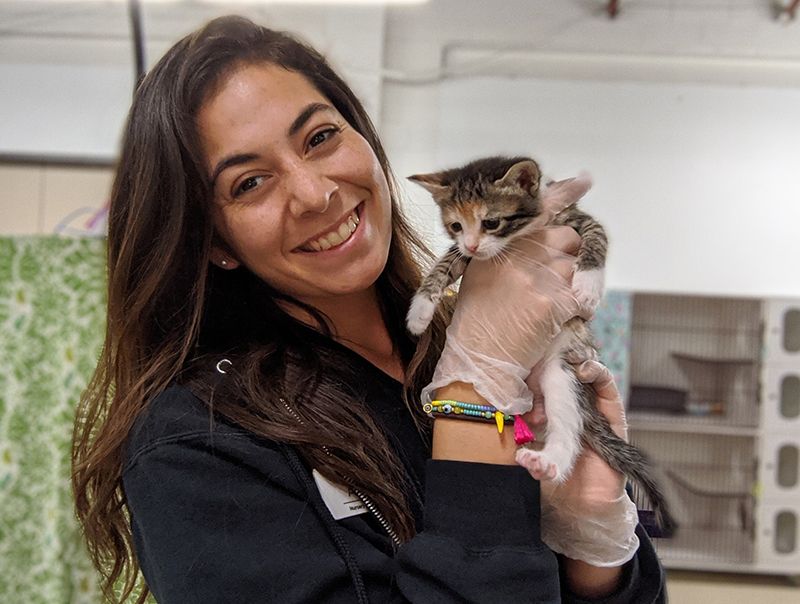
What Basinger likes about her job is the challenge: juggling the various emergencies that pop up, acting quickly at 5:30 p.m. when someone arrives at the shelter with 2-day-old kittens (she sends “bottle-babies” out to foster immediately because the shelter has no overnight staff).
Aileen Pantoja, kitten program manager for the San Diego Humane Society, divides her time between case management for individual animals, arranging medical appointments, recruiting fosters, and teaching volunteers how to give medications and administer IV fluids. She also oversees the shelter’s kitten nursery and supervises about 1,000 active foster volunteers at any one time.
Naomi Bourque, who oversees about 35 cat foster families, 25 small animal foster homes and 10 dog foster volunteers as a foster coordinator for the Massachusetts SPCA, describes her job as matchmaking. “I look at what the animal’s needs are. I look at my foster list. Sometimes it’s a little bit of troubleshooting and problem solving.” If she can’t make the right match, she takes the animal home with her. “Cats and kittens are my passion. I’ve had hundreds come through my house.”

Drawn into the field by a love of animals, most every foster coordinator ends up working as much if not more with humans—other shelter staff and foster volunteers. At some shelters, coordinators may also arrange placements with rescue organizations that have their own foster and adoption programs. Management and people skills are crucial.
One of the biggest parts of the job is bringing on new foster volunteers to replace those who need a break or are no longer active. Swab says she is constantly recruiting foster volunteers with a range of backgrounds and abilities. “You don’t have to have a big yard or all the time in the world. There’s a dog for everyone.”
The foster coordinator-volunteer relationship is a deep one. Coordinators not only have to train and communicate with fosters, they have to comfort them during tough times; inevitably, not every animal makes it.
Bourque had to counsel a foster who lost a kitten to seizure disorder. It was the volunteer’s first time having an animal she was caring for die. “There wasn’t anything she could have done about it, [but] she felt very responsible for it. … She’s through it now, and she’s doing really great and she’s able to take more fosters.”
For all its stresses, the job offers profound rewards. There’s the way a dog is calmer and happier returning to the shelter after having a break staying with a foster volunteer, says Volkert. “There’s no replacing a quiet, comfortable home.”
And then there’s that final day, when an animal says goodbye to both the shelter and the foster volunteer and moves on to an adoptive home. Sometimes it’s an animal who, because of medical or behavioral issues, you never thought would make it, Bourque says. And without the combined efforts of a foster coordinator and a volunteer foster family, they might not have.


